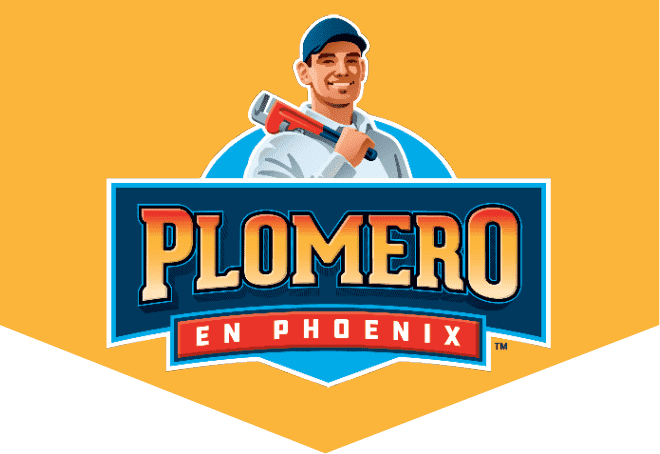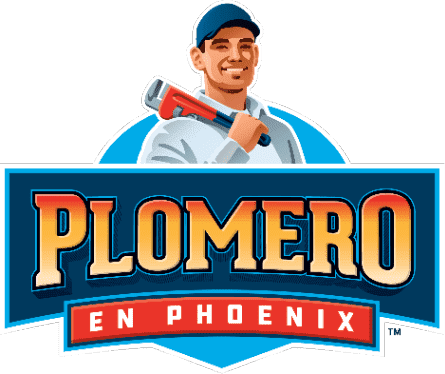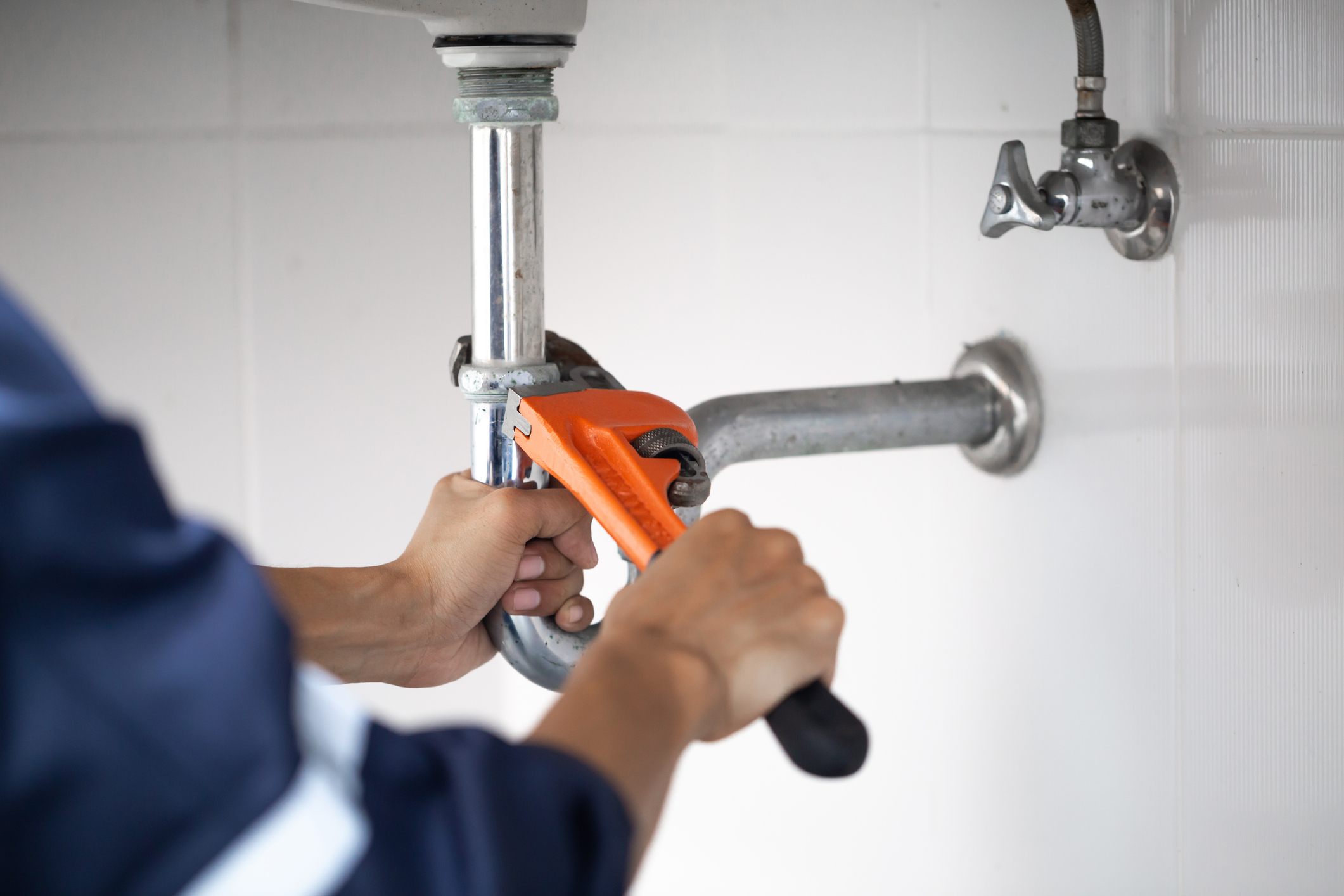Maintaining a healthy sewer system is crucial for the smooth functioning of any property. When sewer lines develop issues, choosing the right repair method becomes paramount. In this comprehensive guide, we’ll delve into the pros and cons of various plumbing repair methods for sewer lines. From traditional techniques like excavation to modern solutions like trenchless technologies, understanding these methods will empower you to make informed decisions regarding your plumbing infrastructure.
1. Excavation Method:
The excavation method has been a traditional approach for repairing sewer lines for decades. It involves digging trenches to access and repair the damaged pipe. Here are the pros and cons of this method:
Pros:
– Comprehensive Repair: Excavation allows for a thorough inspection of the entire sewer line, enabling technicians to identify and address multiple issues simultaneously.
– Durability: Since damaged sections are completely replaced, the repaired sewer line tends to be highly durable, with a longer lifespan compared to patching methods.
– Suitable for Any Situation: Excavation can be employed regardless of the complexity or depth of the sewer line problem, making it a versatile choice for various scenarios.
Cons:
– Disruption and Mess: Excavation involves significant digging, which can disrupt landscaping, driveways, and other structures. It also generates a considerable amount of debris and soil, leading to a messy cleanup process.
– Time-consuming: Compared to some modern methods, excavation typically takes longer to complete, potentially inconvenient for property occupants.
– Cost: Excavation’s labor-intensive nature, coupled with restoration expenses, can make it a relatively costly option for sewer line repairs.
2. Pipe Relining:
Pipe relining, also known as trenchless pipe repair, has gained popularity due to its non-invasive nature. This method involves creating a new, seamless pipe within the existing damaged pipe. Here are the pros and cons:
Pros:
– Minimal Disruption: Pipe relining requires minimal digging, making it ideal for properties where preserving landscaping and structures is a priority. It reduces disruption to daily activities during the repair process.
– Quick Turnaround: Compared to excavation, pipe relining is often faster, allowing for the swift restoration of sewer line functionality.
– Cost-Effective: While initial costs may be higher than those of some traditional methods, the overall savings from reduced labor and restoration expenses can make pipe relining a cost-effective choice in the long run.
Cons:
– Limited Application: Pipe relining may not be suitable for severely damaged or collapsed pipes. It requires a thorough assessment of the sewer line’s condition before its feasibility can be determined.
– Potential Size Reduction: Since a new lining is inserted into the existing pipe, the pipe diameter can be slightly reduced, which may impact flow capacity in some cases.
– Skill and Equipment Requirements: Properly executing pipe relining requires specialized training and equipment, which may not be readily available to all plumbing professionals.
3. Pipe Bursting:
Pipe bursting is another trenchless technology used for sewer line replacement. It involves breaking the old pipe while pulling a new pipe into place. Here are its pros and cons:
Pros:
– Efficient Replacement: Pipe bursting allows for the efficient replacement of old, damaged pipes with minimal disruption to the surrounding environment.
– Increased Flow Capacity: Since a new pipe is inserted during the bursting process, there’s the potential to improve flow capacity and reduce future clogs.
– Versatility: Pipe bursting can be used for various pipe materials, making it a versatile option for sewer line replacements.
Cons:
– Initial Investment: The equipment and expertise required for pipe bursting can lead to higher initial costs compared to some other repair methods.
– Limited Accessibility: Pipe bursting may not be feasible in certain situations where access points are limited or restricted.
– Risk of Damage: While rare, there’s a risk of unintended damage to nearby utilities or structures during the pipe bursting process, necessitating careful planning and execution.
4. Chemical Drain Cleaners:
Chemical drain cleaners are often used as a temporary solution for minor clogs in sewer lines. Here are the pros and cons:
Pros:
– Accessibility: Chemical drain cleaners are readily available in stores and can be used without professional assistance for minor clogs.
– Quick Action: They can provide quick relief by dissolving organic matter causing clogs and temporarily restoring partial flow.
– Affordability: Compared to professional repair methods, chemical drain cleaners are relatively inexpensive.
Cons:
– Limited Effectiveness: Chemical drain cleaners may not be effective for severe clogs or structural issues in sewer lines, requiring repeated applications or professional intervention.
– Environmental Concerns: Many chemical drain cleaners contain harsh chemicals that can be harmful to the environment and may corrode pipes over time.
– Safety Risks: Improper use of chemical drain cleaners can pose health risks due to their caustic nature, emphasizing the importance of following safety guidelines.
5. Hydro Jetting:
Hydrojetting involves using high-pressure water streams to remove obstructions and clean sewer lines. Here are its pros and cons:
Pros:
– Effective Cleaning: Hydro jetting can remove grease buildup, stubborn debris, and tree roots, restoring optimal flow and functionality to sewer lines.
– Non-Invasive: Unlike mechanical methods, hydrojetting is non-invasive and does not require digging or structural alterations.
– Preventative Maintenance: Regular hydrojetting can prevent future clogs and maintain sewer line health, reducing the need for extensive repairs.
Cons:
– Professional Handling: Hydro jetting should be performed by trained professionals to avoid damage to pipes or injury from high-pressure water.
– Cost Considerations: While effective, hydrojetting may have higher upfront costs than some other cleaning methods.
– Limited Effectiveness for Structural Issues: While excellent for clearing obstructions, hydrojetting may not address underlying structural problems in sewer lines.
Choosing the right plumbing repair method for sewer lines involves weighing the pros and cons of each technique against your property’s specific needs. Traditional methods like excavation offer durability but come with disruptions and higher costs, while trenchless technologies like pipe relining and bursting provide efficient solutions with minimal disturbance. Chemical drain cleaners and hydrojetting serve different purposes, catering to minor clogs and maintenance, respectively. By understanding these methods, property owners and plumbing professionals can make informed decisions to ensure the longevity and functionality of sewer systems.
Discover the best plumbing repair method for your sewer lines with our expert tips at Plomero in Phoenix! Explore our comprehensive guide to make informed decisions for efficient and cost-effective solutions. Call us at (602) 730-4663 for any further inquiries.



